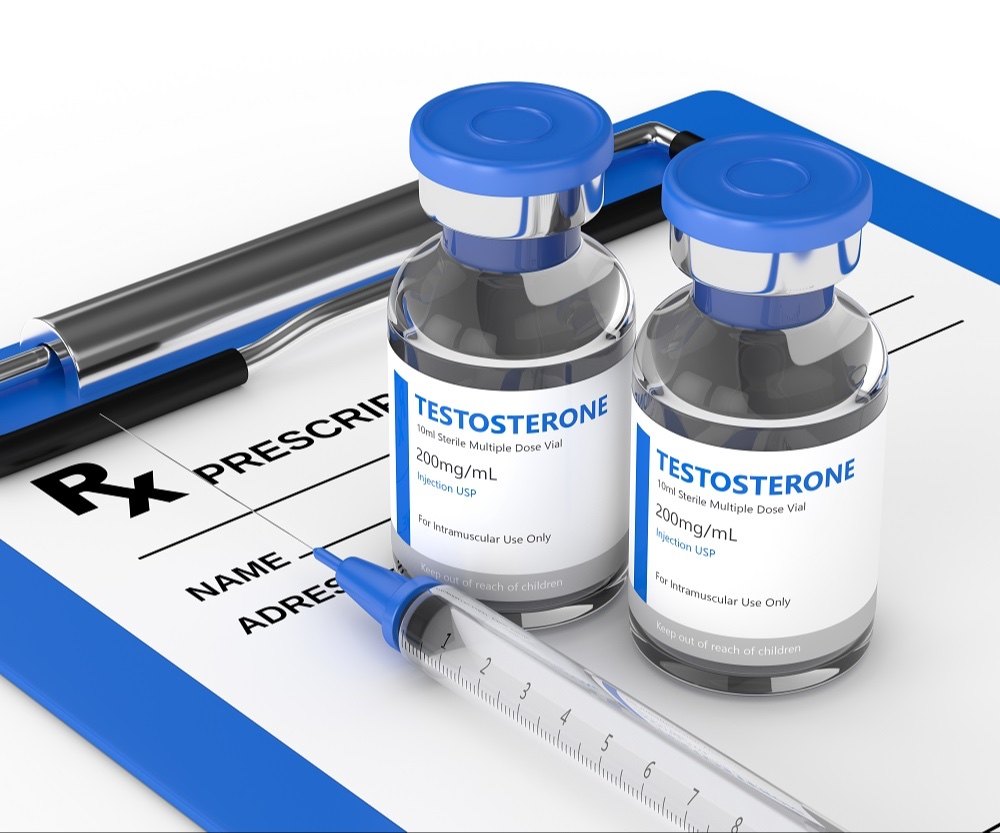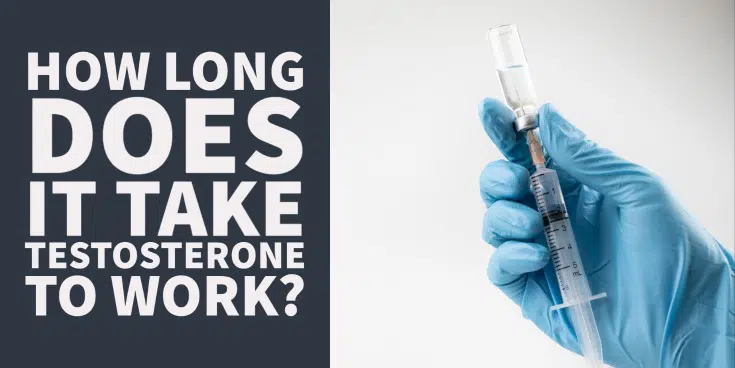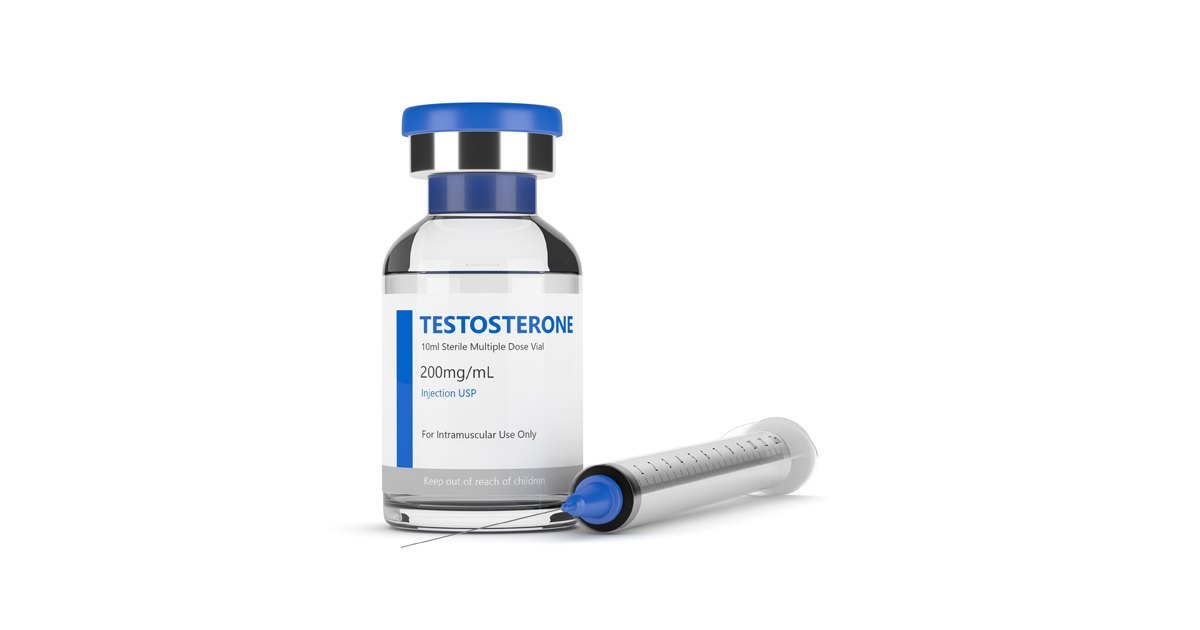Are Testosterone Injections Right for You? – A Complete Guide
Testosterone, often referred to as the male sex hormone, plays a pivotal role in numerous physiological functions, including muscle development, sexual desire, and bone health. As individuals age, testosterone levels naturally decline, but this decrease can also be attributed to various medical conditions, such as hypogonadism, pituitary gland tumors, or Klinefelter syndrome.
One common and effective treatment for low testosterone levels is testosterone injections. These injections can alleviate a range of symptoms, including:
- Diminished muscle mass
- Decreased libido
- Erectile dysfunction
- Fatigue
- Low energy levels
- Depressive feelings
- Osteoporosis
While testosterone injections are generally safe and effective, they may entail side effects, such as acne, hair loss, and mood swings. Having a detailed discussion with your healthcare provider to weigh the potential risks and benefits before commencing treatment is imperative.
Table of Contents
Eligibility for Testosterone Injections
The FDA approves testosterone injections for treating hypogonadism in men. However, they also manage delayed puberty in boys, transgender men, and women with low testosterone levels.
Selecting the Ideal Testosterone Injection Site
When choosing a site for testosterone injections, several crucial factors must be considered:
- Muscle Mass: Opt for an injection site with substantial muscle mass to minimize pain and discomfort.
- Fat Content: Select an area with minimal fat content to ensure proper injection into the muscle.
- Accessibility: The chosen site should be easily reachable and clean.
The Injection Process: Step by Step
To administer a testosterone injection, gather the following equipment:
- A vial of testosterone
- A sterile syringe and needle
- Alcohol wipes
- Gauze pads
Follow these step-by-step instructions to perform a testosterone injection:
- Thoroughly wash your hands with soap and water.
- Clean the injection site with an alcohol wipe.
- Draw the appropriate testosterone dose into the syringe following your healthcare provider’s instructions.
- Create a skin fold at the injection site by pinching it between your thumb and forefinger.
- Insert the needle into the muscle at a 90-degree angle.
- Slowly and smoothly inject the testosterone.
- Withdraw the needle and apply pressure to the injection site with a gauze pad.
Dosage of Testosterone Injections
The dosage of testosterone injections varies depending on individual requirements and the response to treatment. Typical dosages range from 100 to 200 milligrams per week.
How Long Does It Takes Testosterone Injection to Work?
The time it takes for Testosterone Injections to start showing noticeable effects can vary from person to person. However, most individuals begin to see some initial changes within a few weeks of starting treatment. These changes may include improvements in mood, energy levels, and libido.
For more significant changes, such as increased muscle mass and reduced body fat, it can take several months, typically up to 6 months, to fully experience the benefits of Testosterone Injections. The exact timeline may also depend on the dosage, frequency of injections, and individual response to the treatment.
It’s essential to maintain open communication with your healthcare provider, as they can monitor your progress and make adjustments to your treatment plan as needed to optimize the results.



Benefits of Testosterone Injection
Testosterone injections offer numerous benefits, including:
- Increased muscle mass
- Enhanced libido
- Elevated energy levels
- Strengthened bones
- Alleviation of depressive symptoms
Potential Side Effects of Testosterone Injections
Testosterone injections may lead to several side effects, including:
- Acne
- Hair loss
- Mood swings
- Slightly increased risk of prostate cancer
- Marginally increased risk of heart attack and stroke
Types of Testosterone Injections
There are various types of testosterone injections available, including:
- Testosterone cypionate
- Testosterone Enanthate
- Testosterone undecanoate
- Testosterone pellets
Comparison of Injection Sites
Testosterone injections can be administered in multiple muscle sites, including the buttocks, thighs, and shoulders. The most common injection site is the gluteal muscle (buttocks).
Minimizing the Risk of Side Effects
To reduce the risk of side effects, consider the following:
- Inject testosterone slowly and smoothly.
- Rotate injection sites to prevent pain and redness.
- Avoid injecting into areas with scar tissue.
- Discuss alternative methods with your doctor, such as testosterone gels or patches.
Additional Resources
For further information on testosterone injections, refer to reputable sources such as:
- The American Association of Clinical Endocrinologists
- The Endocrine Society
Conclusion
Testosterone injections are a dependable and productive solution for low testosterone levels. These injections can help alleviate a variety of symptoms, including muscle loss, diminished libido, and fatigue. Nevertheless, a comprehensive consultation with a healthcare provider is crucial for a thorough understanding of the potential benefits and risks associated with testosterone injections.
FAQs Aout Testosterone injection Uses, Doses, Side effects & More
1. How Soon Can I Expect Results from Testosterone Injections?
Most men will notice the effects of testosterone injections within a few weeks, but it may take up to six months to experience the full benefits of the treatment.
2. How Frequently are Testosterone Injections Needed?
The frequency of testosterone injections varies depending on the specific type of testosterone used and individual needs. However, most men receive testosterone injections every 1-4 weeks.
3. Do Testosterone Injections Cause Pain?
Typically, the discomfort from testosterone injections is minimal. Some men may experience slight discomfort at the injection site, which usually subsides within a few hours.
4. Can I Self-Administer Testosterone Injections?
Yes, self-administration of testosterone injections is possible. However, it is crucial to learn the safe and proper technique. Consult your doctor or nurse to receive guidance on self-injection before initiating treatment.
5. What Are the Risks Associated with Testosterone Injections?
Common side effects of testosterone injections include acne, hair loss, and mood swings. More serious risks encompass conditions like prostate cancer, heart attacks, and strokes. It’s essential to discuss these potential risks and benefits with your doctor before commencing treatment.
6. Is It Safe to Take Testosterone Injections if I Have Diabetes?
Yes, individuals with diabetes can undergo testosterone injections. However, it’s vital to closely monitor your blood sugar levels and consult your healthcare provider to understand how testosterone injections may impact your diabetes management.
7. Can I Receive Testosterone Injections with High Blood Pressure?
Yes, testosterone injections are an option for individuals with high blood pressure. It’s crucial to keep a close watch on your blood pressure and discuss the potential effects of testosterone injections on your blood pressure medication with your doctor.
8. Are Testosterone Injections Suitable for Overweight or Obese Individuals?
Yes, overweight or obese individuals can take testosterone injections. However, it’s important to address weight concerns to enhance overall health and minimize the risk of side effects associated with testosterone injections.
9. Can I Undergo Testosterone Injections While Trying to Conceive?
No, it is not advisable to undergo testosterone injections when attempting to conceive. These injections can reduce sperm production and fertility, making conception more challenging.
10. What’s the Duration for Taking Testosterone Injections?
There is no fixed time limit for the duration of testosterone injections, as long as you are under the careful monitoring of your doctor and do not experience any severe side effects.
We hope this information proves useful. If you have additional questions about testosterone injections, please consult your healthcare provider.

